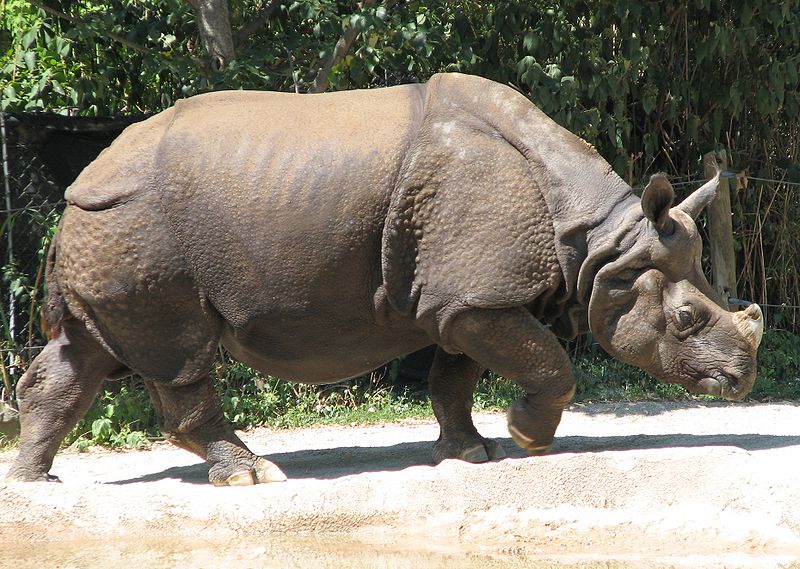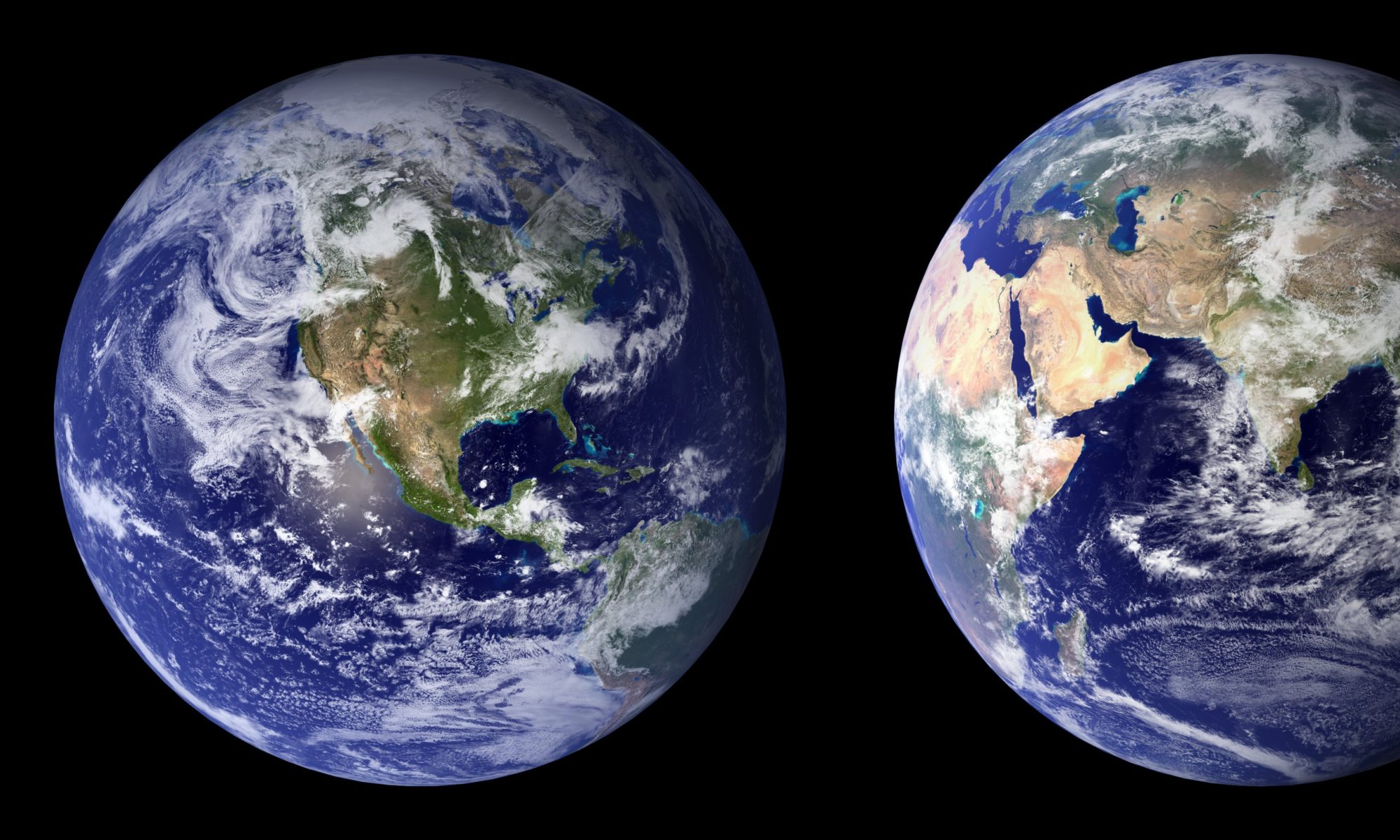Extinction is a natural part of life and evolution. However, there have been several episodes in Earth’s history when the rate of extinction increased dramatically. Perhaps the most infamous of these events was the extinction of the dinosaurs 65 million years ago.
That was the fifth great extinction event the planet has witnessed, but the current rate of extinction (a rate that has persisted since the end of the last ice age) puts this period – the here and now – firmly in the ‘mass extinction’ category. Yes, we are living through the sixth great extinction event, with the worst rate of species die-off since Triceratops popped his clogs1.
Now every scientist worth his (or her) salt knows that correlation is not causation, but the funny thing is that species only started going the way of the dinosaurs after Homo Sapiens started walking around in that gangly bipedal way that we do. In fact, recent extinction rates are 100 to 1000 times their pre-human levels2 and model simulations show that early human activity alone could plausibly have caused the extinction of many large animals including mammoths3.
However, the arrival of our ancestors on the scene also coincided with natural climate change and therefore habitat change, but the point still stands that a changing climate plus human activity is probably not good news for many of the world’s species. In fact, past great extinction events have all coincided with some kind of shift in climate, whether caused by an asteroid impact, volcanic activity or some other means altogether. And whether or not human activity had any role in the extinction of the mammoths, it is a fact that 99% of currently threatened species are at risk from human activities1. These include human destruction of habitats, the damaging introduction of exotic species and global warming1. We’re talking about everything from deforestation, urbanisation and agricultural practices to ocean acidification and plastic pollution – each doing its own bit to make this planet increasingly hard to live on for the species we share it with.
So what are the dimensions of the problem? An IUCN report4 revealed that nearly 17000 species are currently threatened with extinction, and that is almost certainly an underestimate. Of these species, birds, mammals, corals and especially amphibians are most at risk. And although climate change is not currently the main threat to global biodiversity, that could soon change. One study5 found that increased global warming is likely to cause the extinction of between 18% and 35% of species in their study area (some 20% of the Earth’s land surface) by 2050.
Precisely estimating how many species go extinct each year is surprisingly difficult, not least because we do not know how many species actually exist. Yet even conservative estimates put the number of extinctions somewhere between 200 and 2000 species a year, while the range could be as high as 10,000 to 100,0006 which is a pretty large leap.
But that’s enough speculation for one day.
Let’s look at the 21st century and reveal some very real extinctions we can relate to – that is, known animal species that have already disappeared in this century. Here they are:
1. Western Black Rhinoceros – Declared extinct in 2011.

2. Pinta Island Tortoise – The last tortoise ‘Lonesome George’ died in 2012.
 Image Source, licensed under the Creative Commons Attribution 2.0 Generic license.
Image Source, licensed under the Creative Commons Attribution 2.0 Generic license.
3. Formosan Clouded Leopard – Declared extinct in 2013.

Image Source:- , uploaded by photographer Nancy Vandermey of EFBC”s Feline Conservation Center licensed under the Creative Commons Attribution-Share Alike 3.0 Unported license.
4. Eastern Cougar – Declared extinct in 2018.

5. Pyrenean Ibex – Declared extinct in 2000.
 Image by Phalaenopsis Aphrodite licensed under the Creative Commons Attribution 2.0 Generic license.
Image by Phalaenopsis Aphrodite licensed under the Creative Commons Attribution 2.0 Generic license.
6. Vietnamese Javan Rhino – Declared extinct in 2011, a single population of less than 60 Javan Rhinos remain in Indonesia – they too are likely to go extinct.
 *This is technically the closely related Indian Rhino. Images of Vietnamese rhinos are rare.
*This is technically the closely related Indian Rhino. Images of Vietnamese rhinos are rare.

